Search
materials and coatings

Carbonated Cement for Production of Concrete with Improved Properties
The NASA cement innovation describes a method to make solid carbon material from CO<sub>2</sub> captured during the cement-making process, and for using that carbon material in the mixture to improve cement properties. Doing so provides a direct use for the captured CO<sub>2</sub>, eliminating any CO<sub>2</sub> storage/disposal issues and providing an improved cement product.
The innovation employs a chemical reaction, known as the Bosch process, which uses hydrogen gas and catalysis to reduce the CO<sub>2</sub> to solid carbon and water. Cement manufacturing is uniquely suited to the use of the Bosch process. Cement manufacturing requires high temperatures, and harnessing this excess heat limits the total energy required to maintain a Bosch process at a cement plant. Also, cement contains iron, a metal shown to be an exceptional catalyst for the Bosch process. Thus, the cement product itself can be used as the catalyst for the reaction, also serving as a carbon sink. This eliminates any requirements for the storage or disposal of the waste carbon captured from CO<sub>2</sub> emissions.
Test evaluations at the bench scale have provided encouraging indications of enhanced mechanical properties for the carbon-containing cement materials. In particular, the findings suggest that the carbon in the concrete might delay the environmental breakdown of concrete due to the blocking effect of the carbon on harmful ions (e.g., chlorine).
power generation and storage

Solar Powered Carbon Dioxide (CO2) Conversion
This technology consists of a photoelectrochemical cell composed of thin metal oxide films. It uses sunlight (primarily the ultraviolet (UV), visible and Infrared (IR) portions)) and inexpensive titanium dioxide composites to perform the reaction. The device can be used to capture carbon dioxide produced in industrial processes before it is emitted to the atmosphere and convert it to a useful fuel such as methane. These devices can be deployed to the commercial market with low manufacturing and materials costs. They can be made extremely compact and efficient and used in sensor and detector applications.
information technology and software

MERRA/AS and Climate Analytics-as-a-Service (CAaaS)
NASA Goddard Space Flight Center now offers a new capability for meeting this Big Data challenge: MERRA Analytic Services (MERRA/AS). MERRA/AS combines the power of high-performance computing, storage-side analytics, and web APIs to dramatically improve customer access to MERRA data. It represents NASAs first effort to provide Climate Analytics-as-a-Service.
Retrospective analyses (or reanalyses) such as MERRA have long been important to scientists doing climate change research. MERRA is produced by NASAs Global Modeling and Assimilation Office (GMAO), which is a component of the Earth Sciences Division in Goddards Sciences and Exploration Directorate. GMAOs research and development activities aim to maximize the impact of satellite observations in climate, weather, atmospheric, and land prediction using global models and data assimilation. These products are becoming increasingly important to application areas beyond traditional climate science.
MERRA/AS provides a new cloud-based approach to storing and accessing the MERRA dataset. By combining high-performance computing, MapReduce analytics, and NASAs Climate Data Services API (CDS API), MERRA/AS moves much of the work traditionally done on the client side to the server side, close to the data and close to large compute power. This reduces the need for large data transfers and provides a platform to support complex server-side data analysesit enables Climate Analytics-as-a-Service.
MERRA/AS currently implements a set of commonly used operations (such as avg, min, and max) over all the MERRA variables. Of particular interest to many applications is a core collection of about two dozen MERRA land variables (such as humidity, precipitation, evaporation, and temperature). Using the RESTful services of the Climate Data Services API, it is now easy to extract basic historical climatology information about places and time spans of interest anywhere in the world. Since the CDS API is extensible, the community can participate in MERRA/ASs development by contributing new and more complex analytics to the MERRA/AS service.
MERRA/AS demonstrates the power of CAaaS and advances NASAs ability to connect data, science, computational resources, and expertise to the many customers and applications it serves.
power generation and storage
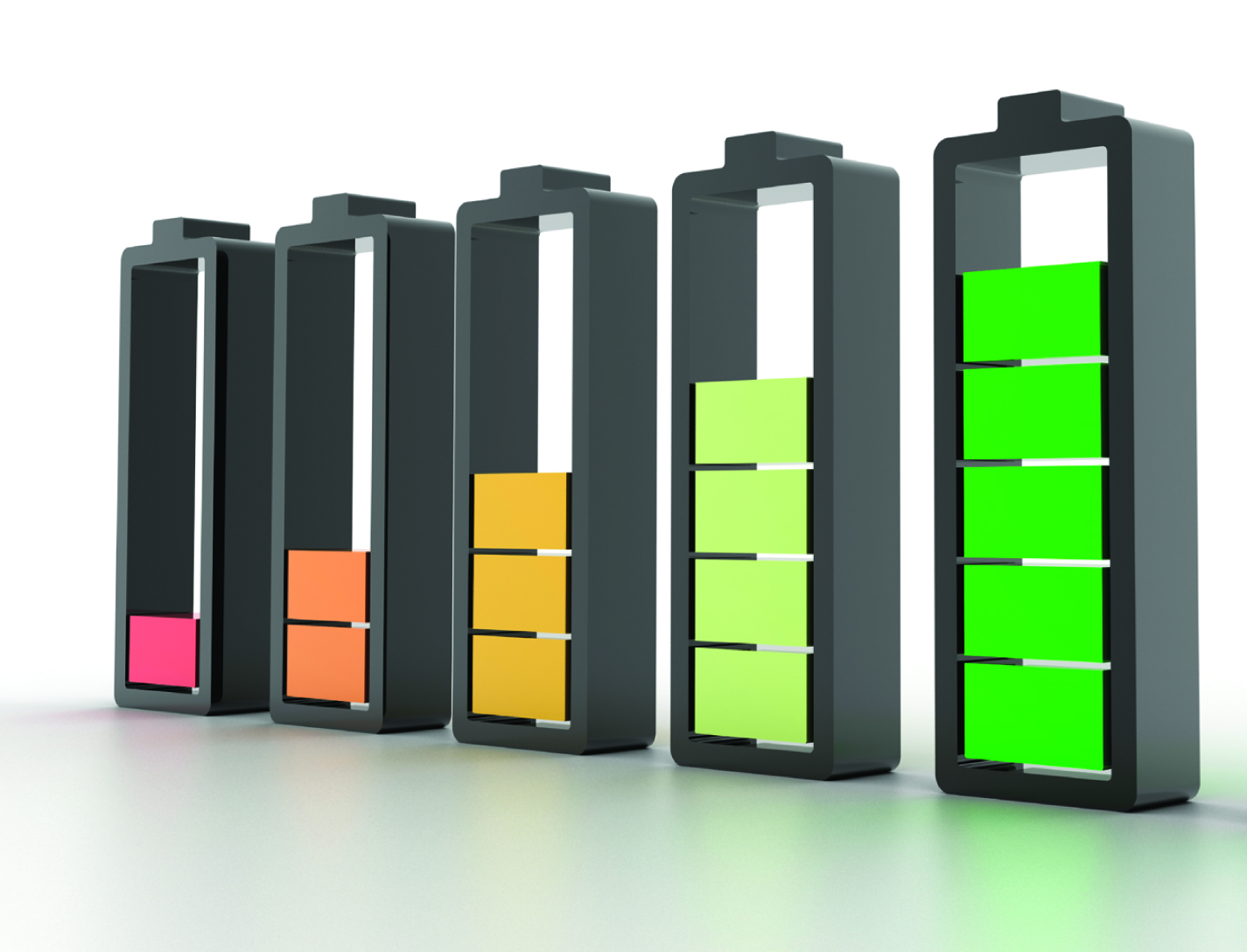
Battery Charge Equalizer System
The innovation consists of a transformer array connected to a battery array through rectification and filtering circuits. The transformer array is connected to a drive circuit and a timing and control circuit, which enables individual battery cells or cell banks to be charged. The timing and control circuit connects to a charge controller that uses battery instrumentation to determine which battery bank to charge. The system is ultra lightweight because it uses much fewer than one transformer per battery cell. For instance, 40 battery cells can be balanced with an array of just five transformers. The innovation can charge an individual cell bank at the same time while the main battery charger is charging the high-voltage battery system.
Conventional equalization techniques require complex and costly electrical circuitry to achieve cell monitoring and balancing. Further, such techniques waste the energy from the most charged cells through a dummy resistive load (regulator), which is inefficient and generates excess heat. In contrast, this system equalizes battery strings by selectively charging cells that need it. The technology maintains battery state-of-charge to improve battery life and performance. In addition, the technology provides a fail-safe operation and a novel built-in electrical isolation for the main charge circuit, further improving the safety of high-voltage Li-ion batteries.
power generation and storage

Optimum Solar Conversion Cell Configurations
A solar cell manufactured from this new optical fiber has photovoltaic (PV) material integrated into the fiber to enable electricity generation from unused light, including non-visible portions of the spectrum and visible light not transmitted to a lighting application. These new solar cells are based around cylindrical optical fibers, providing two distinct advantages over the flat panels that lead to increased efficiency. The core fiber, used to transmit light, can be adjusted to increase or decrease the amount of available light that is transmitted to the lighting application at any point in real time. This invention can be applied wherever optical concentrators are used to collect and redirect incident light. Wavelengths as large as 780 nanometers (nm) can be used to drive the conversion process. This technology has very low operating costs and environmental impacts (in particular, no greenhouse gas emissions). The fiber uses low-cost polymer materials. It is lightweight and flexible, and can be manufactured using low-cost solution processing techniques. Such multifunctional materials have great potential for the future of solar and photovoltaic devices. They will enable new devices that are small and lightweight that can be used without connection to existing electrical grids.
power generation and storage
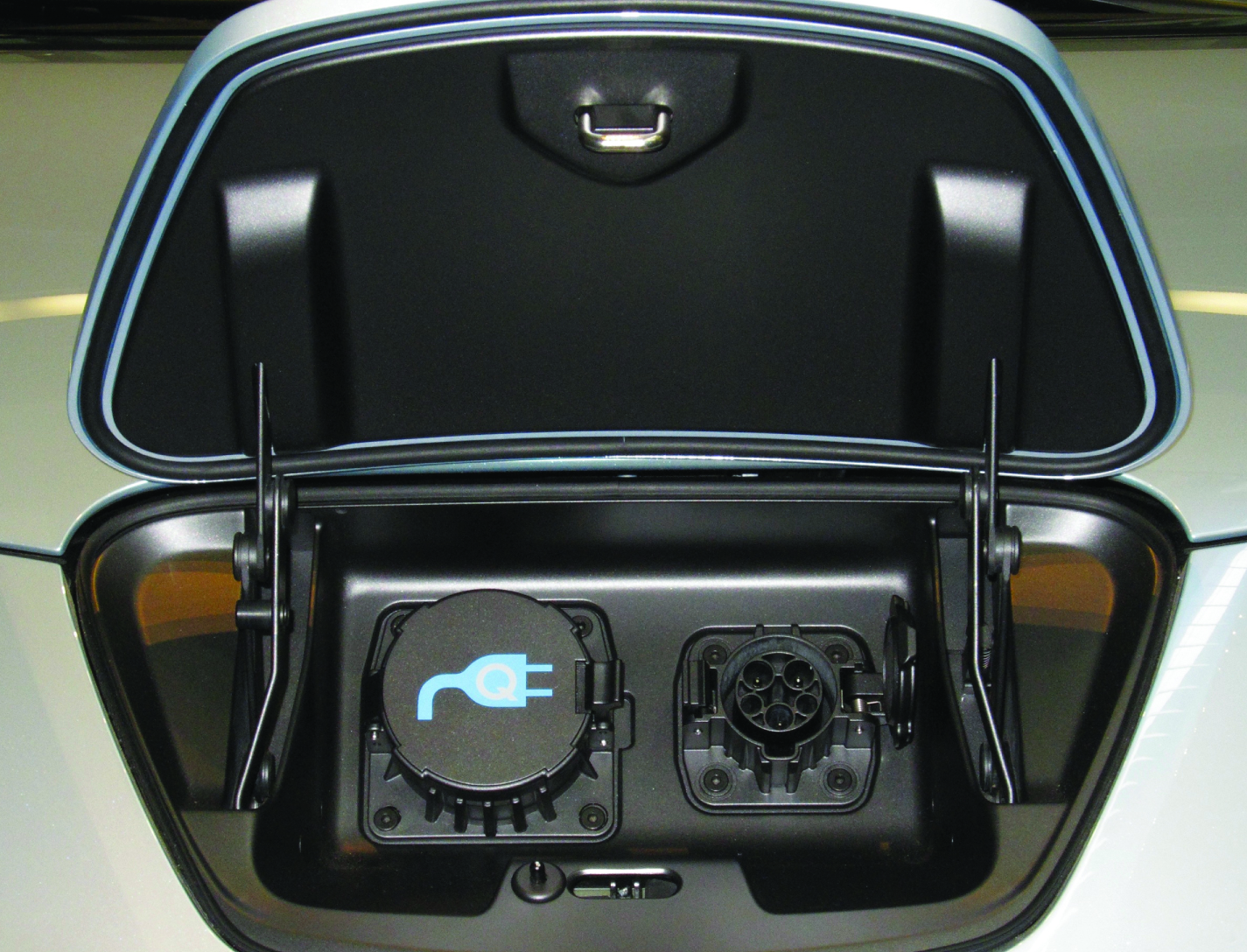
Battery Management System
The technology is comprised of a simple and reliable circuit that detects a single bad cell within a battery pack of hundreds of cells and it can monitor and balance the charge of individual cells in series. NASA's BMS is cost effective and can enhance safety and extend the life of critical battery systems, including high-voltage Li-ion batteries that are used in electric vehicles and other next-generation renewable energy applications.
The BMS uses saturating transformers in a matrix arrangement to monitor cell voltage and balance the charge of individual battery cells that are in series within a battery string. The system includes a monitoring array and a voltage sensing and balancing system that integrates simply and efficiently with the battery cell array, limiting the number of pins and the complexity of circuitry in the battery. The arrangement has inherent galvanic isolation, low cell leakage currents, and allows a single bad or imbalanced cell in a series of several hundred to be identified. Cell balancing in multi-cell battery strings compensates for weaker cells by equalizing the charge on all the cells in the chain, thus extending battery life. Voltage sensing helps avoid damage from over-voltage that can occur during charging and from under-voltage that can occur through excessive discharging.
instrumentation

Model-Based Prognostics For Batteries
This invention relates to the prediction of the remaining useful life of an object in use. It develops a mathematical model to describe battery behavior during individual discharge cycles as well as over its cycle life. The models used to estimate the remaining useful life of batteries are linked to the internal electro-chemical processes of the battery. The effects of temperature and load have been incorporated into the models. Model validation studies were conducted using data from a series of battery cycling experiments at various thermal and electrical loading conditions. Subsequently, the model has been used in a particle filtering framework to make probabilistic predictions of remaining useful life for individual discharge cycles as well as for cycle life.
power generation and storage
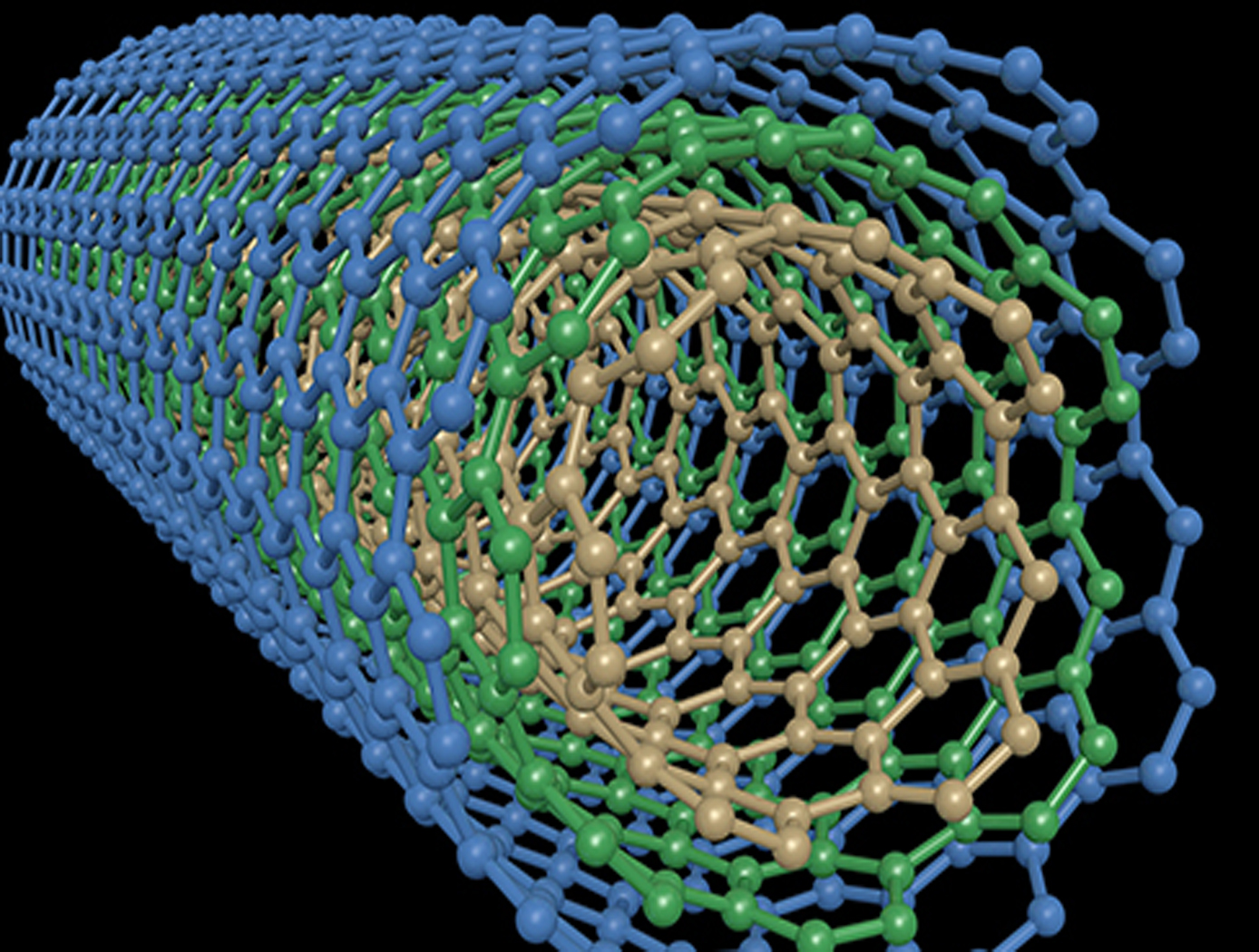
Carbon Nanotube Tower-Based Supercapacitor
This invention provides a four-part system that includes: (1) first and second, spaced-apart planar collectors; (2) first and second arrays of Multi-Wall Carbon Nanotube (MWCNT) towers, serving as electrodes, that extend between the first and second collectors, where the MWCNT towers are grown directly on the collector surfaces without deposition of a catalyst or a binder material on the collectors surface; (3) a separator module having a transverse area that is substantially the same as the transverse area of either electrode; and (4) at least one MWCNT tower that acts as a hydrophilic structure with improved surface wettability.
The growth of MWCNT and/or Single Wall Carbon Nanotube (SWCNT) towers is done directly on polished, ultra-smooth alloy substrates containing iron and or nickel, such as nichrome, kanthal and stainless steel. The growth process for generating an MWCNT tower array requires heating the collector metal substrate in an inert argon gas atmosphere to 750 C. After thermal equilibration, 1000 sccm of 8/20 ethylene/Hs gas flow results in the growth of carbon nanotube towers.
Power Generation and Storage
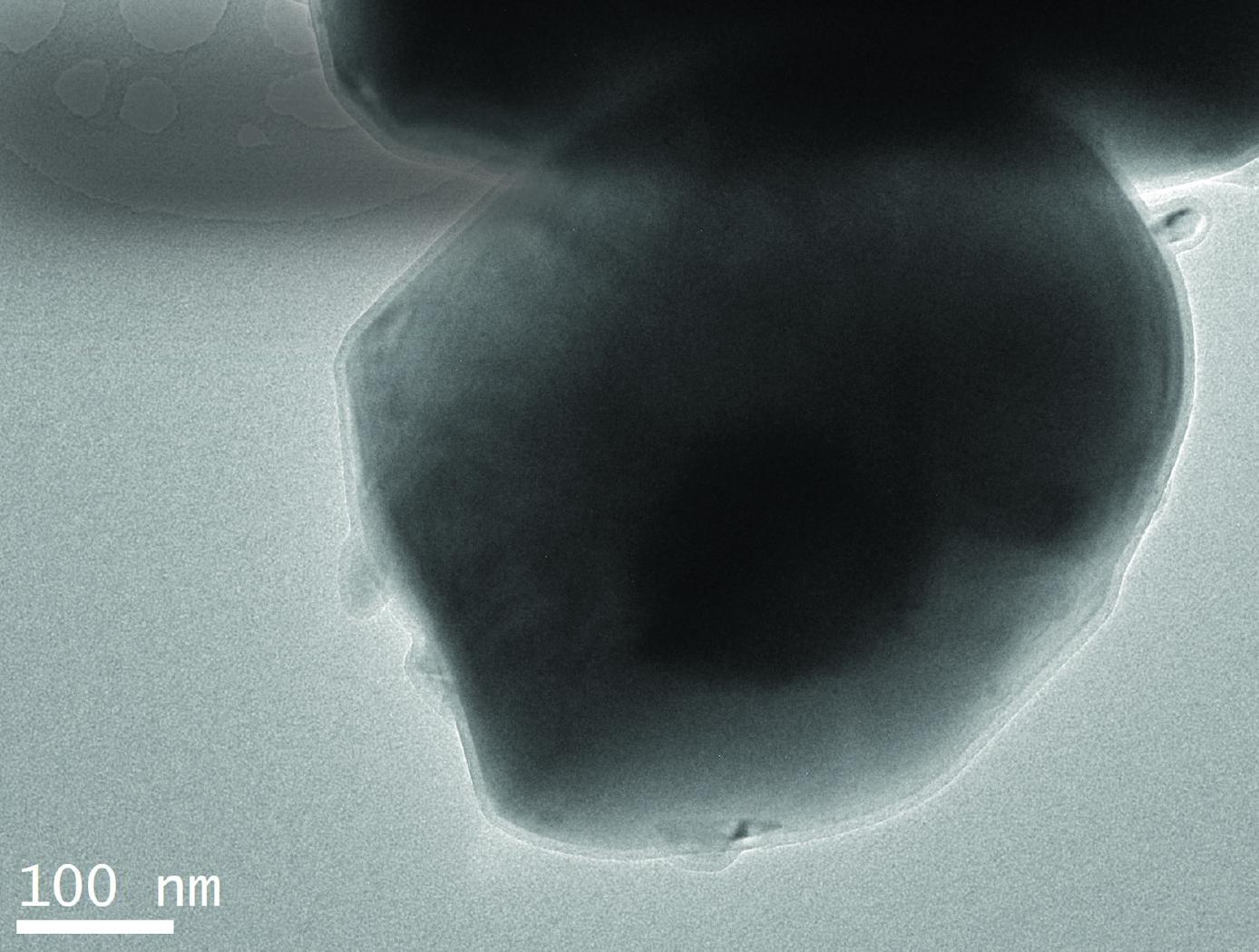
Solid-State Ultracapacitor for Improved Energy Storage
NASAs solid-state ultracapacitor technology is based on the novel materials design and processes used to make the IBLC-type ultracapacitor. The IBLC concept is known to provide outstanding capacitance behavior but has been difficult to reproduce. NASA has developed a careful process to produce dielectric materials to be used in printed electronic applications with reproducibility. An individual cell is created by building electrodes on each side of the dielectric layer, and complete modules can be constructed by stacking multiple cells.
Closely related NASA innovations on dielectric and conductive ink (electrode) formulations are key to the ultracapacitor construct, and are included in the technology package.
Target performance criteria of this technology include the following:
• Use of standard materials and processing methods
• Robust, solid-state device with no liquid electrolytes
• High-energy densitytarget energy densities of 60 J/cc at a minimum operating voltage of 50 V
• High dielectric breakdown strength (> 25 MV/m)
• Excellent pulse-power performance; rapid discharge and charge
• Reliable performance under repeated cycling (> 500,000 cycles)
Additional development work is underway to build and test complete capacitor modules and further improve material properties and performance.
Materials and Coatings
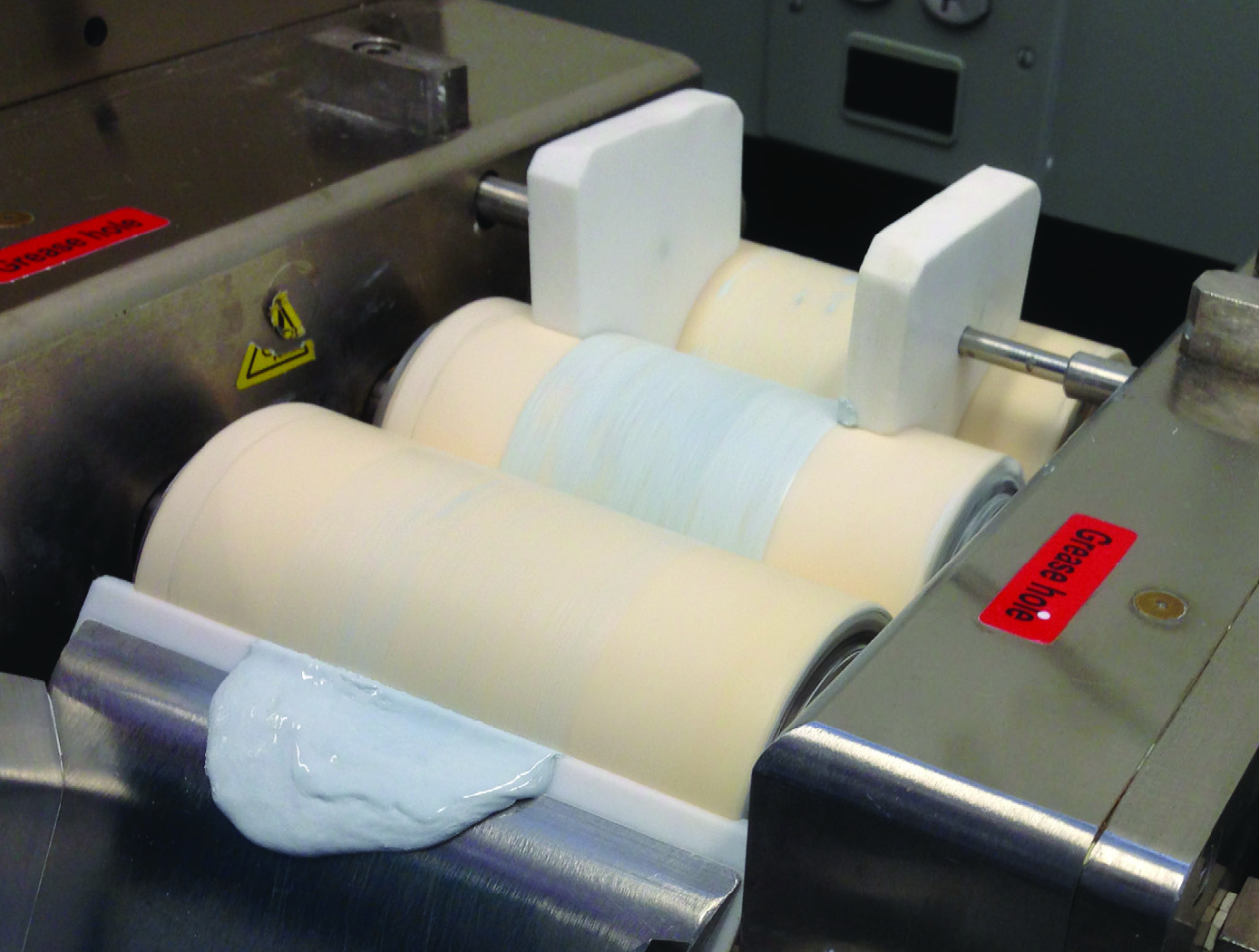
New Dielectric Material for High-Performance, Solid-State Ultracapacitors
NASA’s technology is a dielectric materials formulation comprising polymers, organic binders, solvents, and surfactants, formulated together with a ceramic perovskite nanopowder. The ceramic nanopowder can be optimized for the required dielectric properties of capacitance, voltage breakdown, and leakage. This involves the addition of dopants or the use of advanced coatings on the powder particulates, and subsequent thermal treatments.
The rheology of the formulation can be adjusted to work with a variety of coating or printing methods, from conventional thick-film methods to advanced inkjet or direct-write 3D printing methods used for printed electronics. 3D printing provides the ease of printed manufacturing along with the deposition of thinner layers (e.g., 5 microns in thickness vs. 50-100 micron layer via thick-film methods).
Individual devices can then be formed in multilayer arrangements, or stacked and packaged as required for the given device application.
The ink composition is a careful blend of polyimide or polyvinylidene fluoride (PVDF) polymers, solvents, surfactants, and barium titanate nanopowders. Proper ratios are needed for viscosity and processability (e.g., nanopowder wetting and dispersion), along with the optimal ultracapacitor device performance.


